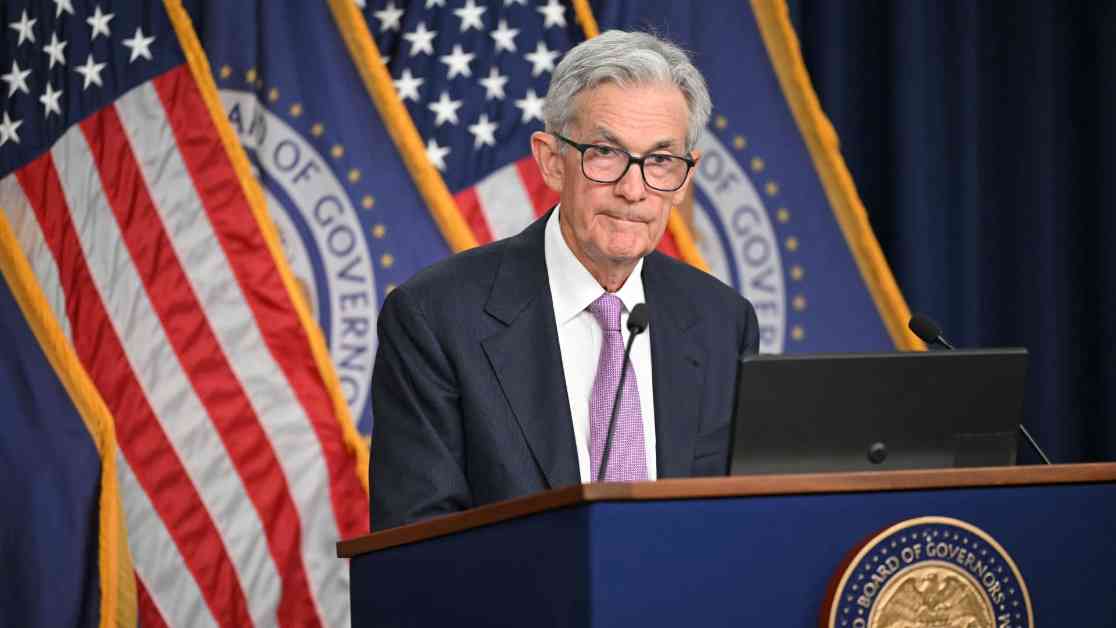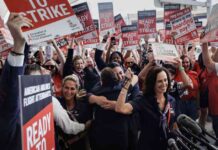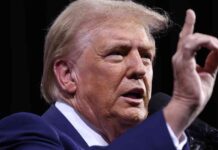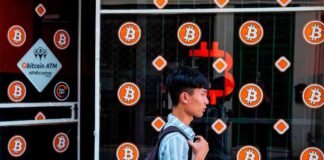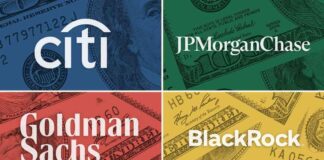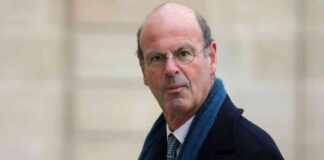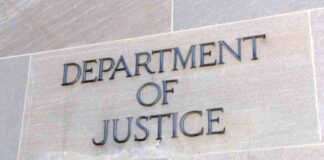Fed’s Jumbo Interest Rate Cut Propels U.S. Economy Towards a Soft Landing
In a bold move to stimulate the U.S. economy, the Federal Reserve recently announced a significant interest rate cut of 50 basis points. This decision, made by the rate-setting Federal Open Market Committee, sets the stage for what many are hoping will be a smooth landing for the country’s economic growth. The cut brings the benchmark overnight borrowing rate down to a targeted range of 4.75% to 5%, a move that has been met with both optimism and caution from financial experts.
Goldman Sachs’ chief financial officer, Denis Coleman, expressed confidence in the Fed’s decision, stating that the rate cut signals a new direction for the economy. He believes that this move will boost confidence, reduce the cost of capital, and potentially lead to increased strategic activity in various sectors. Coleman’s positive outlook extends into 2025, where he anticipates improved market activity and backlogs as a result of the rate cut.
Analysts Divided on the Impact of the Rate Cut
While Coleman and other optimists see the rate cut as a positive step towards a soft landing for the U.S. economy, not everyone shares the same sentiment. Some analysts have raised concerns about the effectiveness of such a large rate cut in curbing inflation without risking a recession. Comparisons have been drawn to past instances where similar rate cuts failed to prevent economic downturns, such as during the early 2000s and the global financial crisis.
JPMorgan Chase CEO Jamie Dimon, known for his cautious stance on economic forecasts, expressed skepticism about the short-term outlook for the U.S. economy. Despite being a long-term optimist, Dimon emphasized the need for caution in the current market environment. He noted that while markets may be pricing in a positive outcome, he remains on the side of caution when it comes to predicting the future economic landscape.
Challenges and Opportunities Ahead
Managing the U.S. economy through a period of transition is no easy feat, especially with the complexities of inflation, unemployment, and market dynamics at play. The Federal Reserve’s decision to implement a significant rate cut reflects a strategic approach to addressing these challenges and steering the economy towards a softer landing. By reducing the cost of capital and encouraging strategic activity, the Fed hopes to stimulate growth and maintain stability in the market.
As the year progresses, economists and analysts will closely monitor the impact of the rate cut on various sectors of the economy. The hope is that the reduction in borrowing costs will spur investment, boost consumer spending, and ultimately lead to a more robust economic outlook. However, uncertainties remain, particularly in light of global economic conditions and geopolitical events that could impact the U.S. economy in unforeseen ways.
In conclusion, the Federal Reserve’s jumbo interest rate cut has set the stage for a potential soft landing for the U.S. economy. While some experts remain cautious about the short-term outlook, others view the rate cut as a positive step towards stimulating growth and confidence in the market. As the effects of the rate cut unfold in the coming months, it will be essential to closely monitor economic indicators and trends to gauge the success of this bold move by the Fed.

